Embarking on an adventure to Japan is easily one of the most rewarding experiences for any photographer as the country offers such diverse opportunities to shoot a variety of subjects.
During my recent visit to Japan, I focused predominantly on Japanese architecture, street portraits and uncovering the best locations to shoot the perfect image. To find out where to take the best photos of Japan (along with a few handy tips), keep on reading.

Best time to visit Japan
Japan is an incredible country boasting culture, sights and history unlike anywhere else. Despite its small size, there is so much to see and do, so you’ll need to dedicate a solid amount of time if you’re looking to see it all!
While it might be possible to spend just a short amount of time in Japan, however, it really is a place for explorers. Each alleyway, small town and prefecture have something totally unique to offer. Japan is also very seasonal, meaning depending on when you’re looking to visit you’ll contend with either sweltering days or freezing cold days.
For travellers who enjoy a more balanced climate, consider travelling in spring or autumn. The spring is a very special time for Japan as the cherry blossoms begin to open all around the nation, filling the streets and parks with a beautiful soft pink palette. For photographers, this is a unique opportunity to explore the beautiful colours and to come away with some memorable photographs. Read more about photography cherry blossoms with a smartphone here.
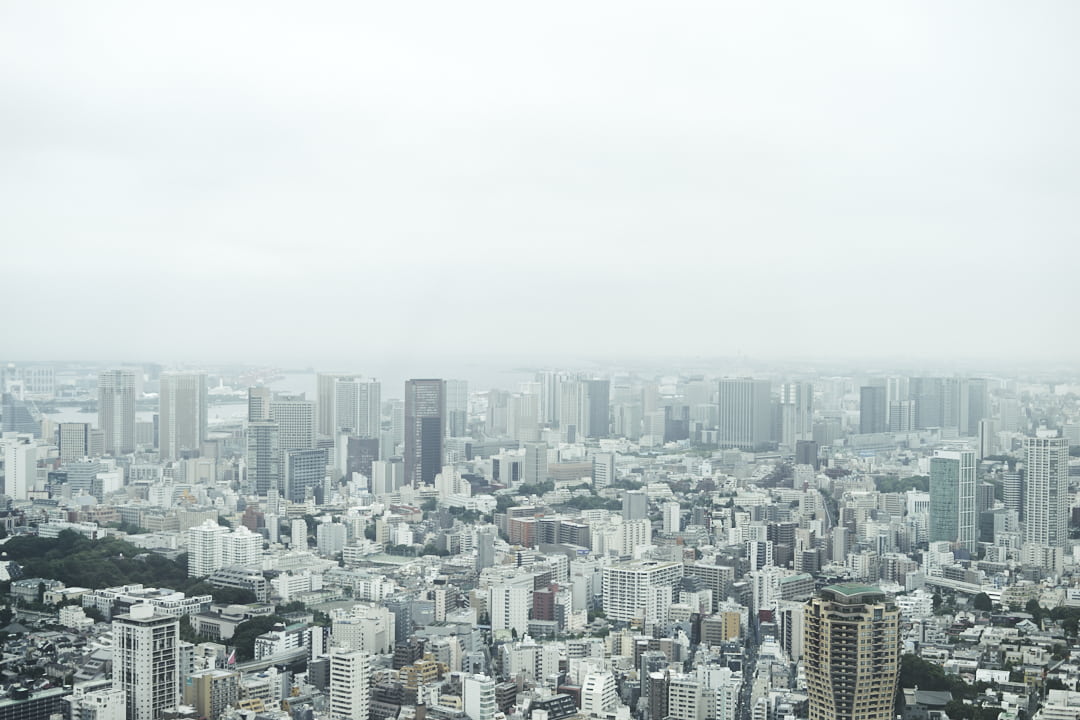
Travelling in Japan
My travels took me from Tokyo right down south the districts of Tokushima and Kagawa over a period of five weeks. The photos I captured changed drastically as we moved through the country as there is simply so much to offer. From beautiful rural landscapes to flashing city lights, Japan delivered such a unique photographic experience.
Tokyo made up the largest portion of our trip where we spent a little over two of the five weeks. We stayed in the vibrant hub of Shibuya, very close to the infamous Shibuya Crossing. Tokyo is an extremely large city, there are multiple business districts, nightlife districts and parkland sprawled amongst more suburban areas. This juxtaposition soon became the focus of a lot of the work I produced.
Patience is key, particularly in Japan where there is so much to photograph. Being an architectural photographer I settled into photographing houses, buildings and some of the more obscure corners of Tokyo. I also found myself capturing many street portraits. I also found that each major city had a different take on housing which kept my interest up as I travelled around the country.
As for street portraits, Tokyo proved to be a wonderful location and I met many people on the street. Approaching somebody on the street is always a tough experience and there are many ways to approach it. Most importantly, it is important to be respectful, make eye contact with your subject, lower your body language (almost as if you were bowing, a sign of respect) slowly bring your camera up and gesture it toward them. Most of the people I approached were more than happy to have their portrait taken however if you do not get the nod, be respectful of that person and move on.
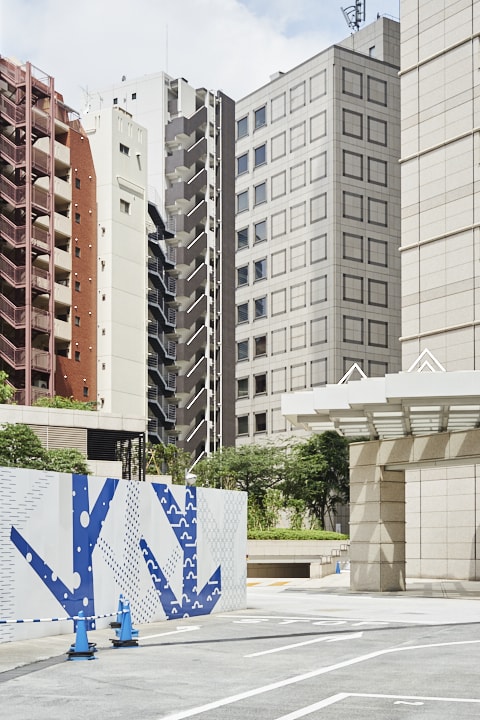
Where to take the best photos in Japan
Nishi Shinjuku
Home of the Tokyo Opera City Art Gallery, this incredible building is a must see. Tucked alongside a complex freeway structure, the building itself is incredibly detailed and striking, particularly the grounds on the lower level. I was lucky enough to catch an awesome exhibition by Ryan McGinley, so they do exhibit some very big artists.
Pro tip: Walk a few blocks away and you’ll find yourself in a very luxurious (but extremely hilly) section of Tokyo. Here, you will find some incredible homes and beautiful streets to get yourself lost in.
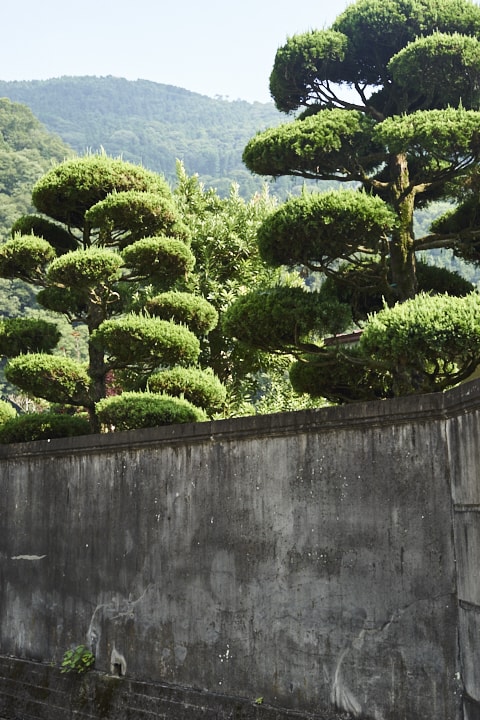
Shibuya
Shibuya and it’s famous crossing is a must see. It’s been photographed from so many angles but there’s always something interesting happening, whether it is in the early hours of the morning or in afternoon the crossing is a must visit. The Shibuya is one of Tokyo’s red light district and is alive at all hours of the day. There are many good bars tucked away, particularly near the train tracks that are very traditional, a must visit.
Pro tip: We found that Friday evening after the sun drops provided the best time to photograph, as it was well and truly alive with people. Furthermore, the crossing is surrounded by massive advertising billboards, providing an incredible amount of light. Try using a slower shutter speed during this type of photography to convey the incredible amount of movement happening. The longer the shutter speed, the more movement will be captured!
Tokyo Tower
The Tokyo Tower is one of the most incredible vantage points in the city. It gives a wonderful overview of Tokyo and shows just how massive it is as a city. It offers a 360-degree view, and getting up the top is easy thanks to the incredibly quick elevator (which is an experience in itself). The upper levels are also home to a fantastic art gallery and are well worth dedicating some time to explore.
Pro tip: Pick a clear day to maximise your viewpoint over Tokyo. This area can be heavily affected by cloud and fog which will change the view and the mood of your photos.
Shinjuku
Shinjuku is a photographer (or shopaholics) dream destination. It is equally as busy as Shibuya, but with a much younger crowd. Shinjuku is a very popular destination for high-end brands and holds some very rare shops that amplify its appeal. Being a very cool area, I found most people I approached were more than willing to pose for a portrait, so it is a good area for those just starting out in street photography.
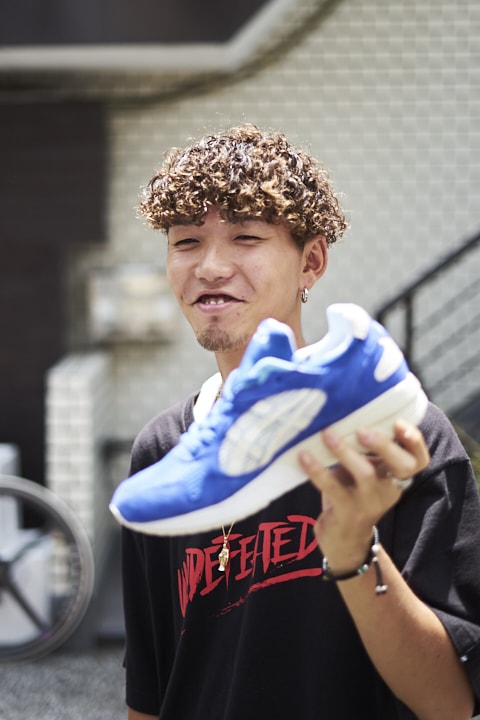
Pro tip: As mentioned earlier, always approach individuals with care and respect. It is really important to build a rapport with your subject, whether this is a quick conversation or even something as little as strong eye contact and a smile. Making yourself as small as possible helps to not overwhelm your subject, so try not to bring out that massive lens for a quick portrait.
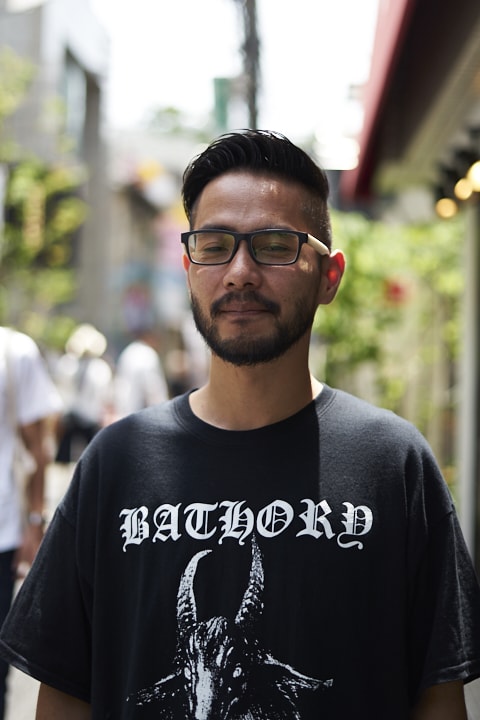
The Art Islands
The Art Islands are a must visit for all travellers. Regardless of your artistic appreciation, they are simply a highlight of Japan. Each island features numerous art galleries and exhibitions along with access to traditional and unique houses on the island. Getting around is easy, you can take a bus to each stop or you can hire a bike and pedal around the island. Yayoi Kusama’s pumpkins dominate the landscape and offer an odd contrast to the bold architecture that can be found on both islands. As an architectural photographer, the Art Islands offered an absolute haven.
Pro tip: If it’s hot, bring your bathers as there are some incredible beaches hidden around each corner. If you visit in the winter, you’ll find a number of very traditional Onsens frequented by locals making for a unique cultural experience.
Iya Valley
The Iya Valley is an incredible day trip from Takamatsu and a completely different experience from the hustle and bustle of Tokyo. Not something you’ll find on a regular travel guide, this incredible valley is home to some of the most beautiful landscapes in Japan. Known for its Peeing Boy statue ( literally, a statue of a boy peeing off of a mountain), beautiful roads weave their way up which can get a little hairy but drive cautiously and you’ll be rewarded with breathtaking views.
Depending on the time of the year, you will find various colours through the landscape. We timed our trip to reach the famous Peeing Boy statue just before sunset to capture that late afternoon light. It was here in the Iya Valley that I captured one of my favourite photos of the trip, an escalating set of mountains that fade into the background. Contrasted against the fast pace of Tokyo and other major cities the Iya valley provided some much-needed downtime in our trip.
Pro tip: If weather permits, head down the bottom of the valley and jump in the flowing river for a dip. Find your way down to the shore and spend a few hours relaxing and frolicking in some of the purest water you’ll find anywhere.

Camera gear and what to pack
For my trip, I carried a lightweight mirrorless Sony with two prime lenses, a very different set up from my usual travel gear. Utilizing only a 50mm and a 28mm for the whole trip it forced me to think about my composition a little more. It also became a little more exciting running around to get closer to subjects and made me feel more involved in the process.
Japan is truly a place where you can explore your heart’s content. This means plenty of walking and for this, you’ll want something light. Having something small will also help make yourself less intrusive when shooting portraits. As with any trip, make sure you’re comfortable with your equipment before you travel, bring plenty of SD cards and a couple of spare batteries as extreme weather will drain your battery quickly, so be sure to have a backup.
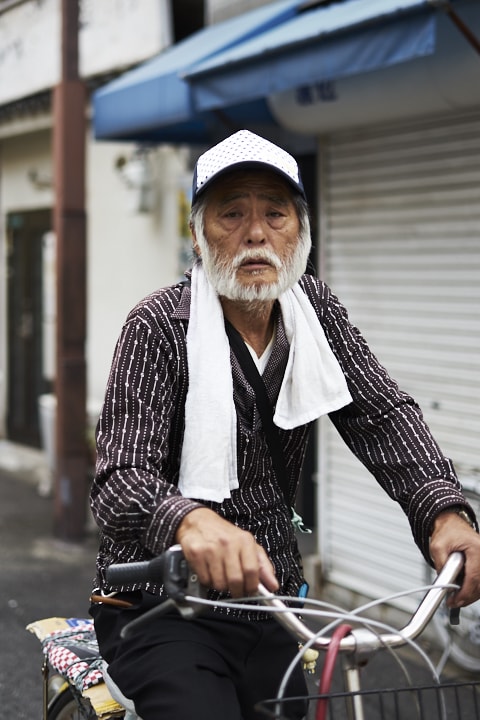
If you’re in the mood for a shopping spree abroad, Tokyo has an entire district dedicated to electronic goods and a large portion of these are camera stores. You will find all the latest technology as well as a large assortment of film cameras and lenses. Japan has a myriad of domestic-only items meaning you’ll find exclusives in a lot of different technology. It’s an amazing place to spend an afternoon sorting through, you might even come across a few gems!

A lesson in culture
The culture of Japan is like no other. The respect Japanese people exhibit towards each other is simply incredible and it’s something we as travellers can learn from. Small behavioural things such as not eating on the street, not talking loudly on public transport and always acknowledging and respecting locals will take you a very long way.
Japanese people absolutely love visitors and will go above and beyond to help you enjoy Japan wherever possible. Learning a few small Japanese phrases will also take you a long way. Hello, goodbye, good morning/afternoon and excuse me will be all you’ll ever need, particularly in popular cities.
Once you’ve selected your season, your itinerary and your camera gear, get excited because you’ll come home with photos you’ll cherish for a lifetime.

